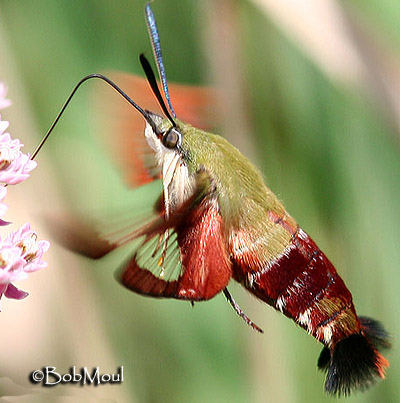What do butterflies and moths eat?
With few exceptions, adult butterflies and moths eat only various liquids to maintain their water balance and energy stores. Most adults sip flower nectar, but other imbibe fluids from sap flowers on trees, rotting fruits, bird droppings, or animal dung. Many adult butterflies are found drinking fluids at wet sand or mud, especially along stream courses or the edges of dirt roads or trails.
The caterpillar of almost all butterflies and moths eat various parts of plants. Each species may specialize of only a few kinds of plants or plant parts. The caterpillars of the Harvester butterfly and its relatives are exceptions in that they feed solely on aphids.
Adults of a few butterfly species are able to eat things other than liquids. The adults of longwing butterflies such as the Zebra (Heliconius charithonia) are able to collect pollen from certain flowers with their proboscis and to break it down and absorb amino acids (proteins) which contribute to the ability to survive, mate and lay eggs for long periods (6 months or so).
With their short proboscis (tongue) the adults of Harvester butterflies (Feniseca tarquinius) can actually pierce the bodies of woolly aphids and drink their fluids, the only bugs that adult butterflies eat.

Hummingbird clearwing moth (Hemaris thysbe) with its proboscis probing a flower.
Members of the family Sphingidae are medium to large moths, with heavy bodies; wingspread reaches 5 inches or more in some species. Although a few are active in the daytime, most species in the group are active at dusk. Most, but not all, sphingids feed much like hummingbirds, hovering in front of a flower and sipping nectar through the extended proboscis. The proboscis rolls up like a party noisemaker when not in use, and may not be readily evident in a resting moth. Some species lack scales on large portions of their wings, and therefore have transparent or clear wings. These are commonly referred to as "clearwing hummingbird moths." (Note however that the scientifically accepted common name of "Hummingbird clearwing" refers specifically to Hemaris thysbe.)
